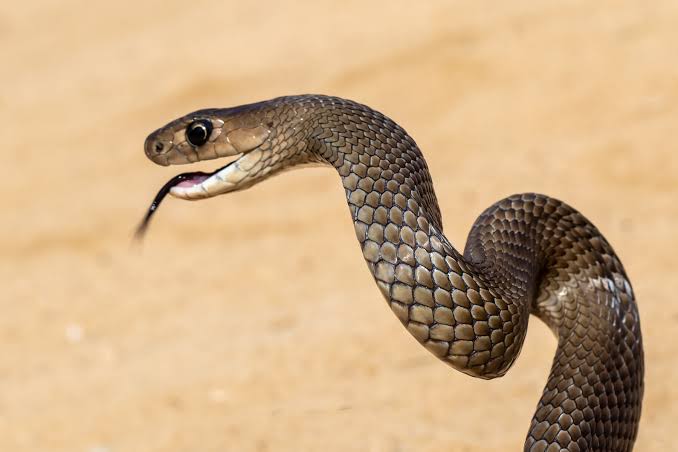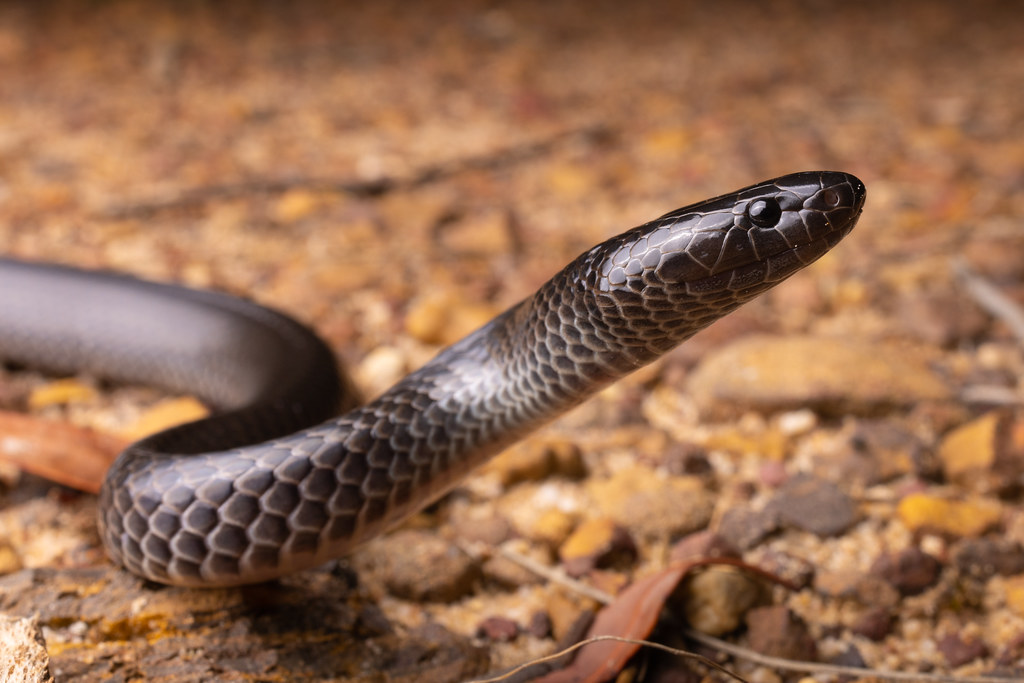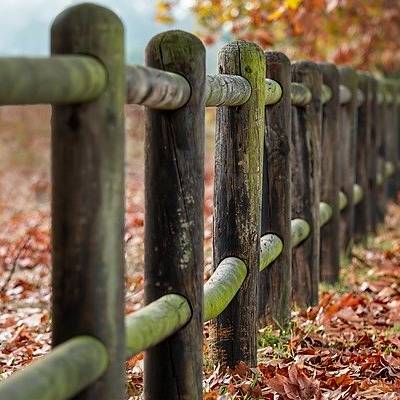This 2024/2025 snake season, there has been a large number of community members being bitten by snakes. This is happening for a number of reasons but we want to take this opportunity to remind everyone of the importance of immediate and correct Snake Bite First Aid.
Many of the snakes found in Australia are capable of lethal bites to humans. These include Taipans, Brown snakes, Tiger snakes, Death Adders, Black snakes, Rough Scaled snakes and many Sea snakes.
Snakes produce venom in modified salivary glands and the venom is forced out under pressure through paired fangs in the upper jaw. Snake venoms are complex mixtures of many toxic substances which can cause a range of effects in humans.
We understand that most First Aid in Australia only issues advice about the First Aid applied, only speaks of treating venomous snake bites. The issue with providing First Aid advice on treating non-venomous bites is that it tempts non-professional identification of snake species. It is best practice to assume all snake bites are venomous until proven otherwise by a blood test or medical professional.
Recognition of Snake Bite:
The bite may be painless and without visible marks. Other symptoms and signs of a snake bite may include:
- paired fang marks, but often only a single mark or a scratch mark may be present; (localised redness and bruising are uncommon in Australian snake bite)
- headache;
- nausea and vomiting;
- abdominal pain;
- blurred or double vision, or drooping eyelids;
- difficulty in speaking, swallowing or breathing;
- swollen tender glands in the groin or armpit of the bitten limb;
- limb weakness or paralysis;
- respiratory weakness or respiratory arrest.

The Eastern Brown Snake is one of the most common in Australia
The most common cause of death from snake bite is collapse with cardiac arrest. This can occur within 10 to 60 minutes of a bite with envenomation, is most often pre-hospital, and requires immediate CPR.
An occasional feature of a brown snake bite is initial collapse or confusion followed by apparent partial or complete recovery. It often occurs as the only finding after a bite from a brown snake and may be the only evidence of envenomation. This information may be useful when providing handover to the treating health practitioner who is considering administration of antivenom.
Management of Snake Bite
If the person is unresponsive and not breathing normally, follow your DRSABCD Primary Action Plan. If the person is unresponsive but breathing then Airway management is your priority and if the person is responsive and breathing, immediate immobilisation is important.
- Send for an ambulance for any person with a suspected snake bite;
- Keep the person immobilised (still), reassured and under constant observation;
- Apply pressure bandaging with immobilisation;
- Commence CPR if person is unresponsive and not breathing normally. There is no risk of transmission of venom to rescuer by providing CPR.
Note:
- DO NOT cut or incise the bite
- DO NOT use an arterial tourniquet
- DO NOT wash or suck the bite
The Pressure Immobilisation Bandage
The pressure immobilisation technique (PIT) was introduced for the treatment of Australian snake bites and is suitable for other elapid snake bites. It is also recommended for envenomation by a number of other animals. The PIT retards the flow of lymph by which venoms gain access to the circulation.
It has also been shown that there may be inactivation of certain venoms and venom components when the injected venom remains trapped in the tissues by the pressure bandage.
If on a limb, apply a broad pressure bandage over the bite site as soon as possible.. Elasticised bandages (10-15cm wide) are preferred over crepe bandages, if neither are available, clothing or other material should be used.
The bandage should be firm and tight, you should be unable to easily slide a finger between the bandage and the skin.
In order to further restrict lymphatic flow and to assist in immobilisation of the limb, apply a further pressure bandage, commencing at the fingers or toes of the bitten limb and extending upward covering as much of the limb as possible.
The bandage should be applied over existing clothing if possible. The purpose of this bandage is to further restrict lymphatic flow and assist immobilisation. (Alternatively, a single bandage may be used to achieve both pressure on the bite site and immobilisation of the limb. In this method, the bandage is initially applied to the fingers or toes and extended up the limb as far as possible including the bite site)
If available, you may consider using a splint on the limb including joints on either side of the bite, to restrict limb movement. The splint material can be incorporated under the layers of the bandage. For the upper limb, use a sling. It’s an even better idea though to encourage your casualty to be as still as possible as even splinting the limb can move the casualty in small ways.
Keep the victim and the limb completely at rest. Bring transport to the victim if possible. Transport the victim to medical care, preferably by ambulance. If alone, the victim should apply the pressure immobilisation bandage as completely as possible over the bite site and affected limb. They should keep immobile until assistance arrives. If they are unable to obtain urgent help to come to them, then apply local pressure if possible, immobilisation is contraindicated and they should move themselves to seek urgent help. Do not remove the bandages or splints before evaluation in an appropriate hospital environment.
If the bite is not on the limb, firm direct pressure on the bite site may be useful. Do not restrict breathing or chest movement and do not apply firm pressure to the neck or head.
Treating Pets who you suspect have been bitten: See Below
Preventing Snakes from hanging out on your property
In our region, it is almost impossible to completely rid your property of snakes. Whilst it can be scary to see, please be aware that most snakes will move on fairly quickly if you do not create an environment that they want to stay in!
The best way to prevent snakes from overstaying their welcome around your house and yard the best practice is to get rid of their food sources, removing debris and other hiding spots and block their entry into your home.
Advice on home maintenance to remove spots to hide in:
- Mow the grass
- Clear out brush
- Use hose boxes or get rid of coiled hoses
- Remove clutter like wood piles and compost heaps
- Keep garden beds away from the house
- Discard lawn clippings and mulch instead of keeping them in piles
Advice on how to block the snake from entering your home:
- Seal off or fence any open areas under sheds or other buildings
- Install screens on doors and windows
- Block holes in the roof, ceiling, and garage
Advice on getting rid of food sources:
- Keep rubbish bins tightly sealed,
- Avoid leaving pet food outdoors, and
- Reduce the presence of rodents and insects – this is common around chook pens and other bird life.
Things to avoid:
- Don’t use snake repellents or sulfur – these are not as affective as marketing would have you believe!
- Don’t use mothballs, which are toxic to mammals and insects.
A note on Antivenom
Antivenom is produced by gradually immunizing horses to the venom of a species of snake. The horse’s blood is then collected and the serum is separated and purified to make antivenom, containing specific antibodies to the toxins in the snake venom.
Snake antivenoms are expensive to produce and have limited shelf life; these factors are reflected in their high costs when used in treatment.
Treating Pets and Snake Bites
Armed with curiosity and natural hunting instincts it is not uncommon for our favourite four legged friends to cross paths with a snake. Where the weather is relatively warm all year round, pets can be bitten by snakes at any time of year.
We also see many pets who are bitten by whip snakes which can cause a nasty reaction at the site of the bite but are not fatal. Pythons, while not venomous, can be a danger to small pets such as cats, puppies, small dogs and guinea pigs as they can strangulate them (or even attempt to eat them).
It is really important to note that due to the nature of the venom, the bitten pet may not show signs of envenomation immediately. It is best practice to immediately take any pet you suspect has been bitten by a snake to a vet immediately rather than waiting for signs of envenomation. By the time envenomation becomes apparent, it can be too late.
First Aid for Pets
If you suspect your pet has been bitten by a snake you should immobilise your pet and try to keep him/her as quiet as possible. It is vital that you take your pet to a veterinarian as quickly as possible. The sooner your pet is treated, the better their chances of survival.
Do not put yourself or others at risk by attempting to capture the snake. If you find what appears to be a dead snake, still use extreme caution when approaching it and use an implement such as a spade to pick it up and place it in a sealed container (preferably a clear rigid container so the snake can be viewed through the container).
Individual species of snake can vary in colour and pattern considerably and are all but impossible to definitively identify other than by experienced snake handlers.




